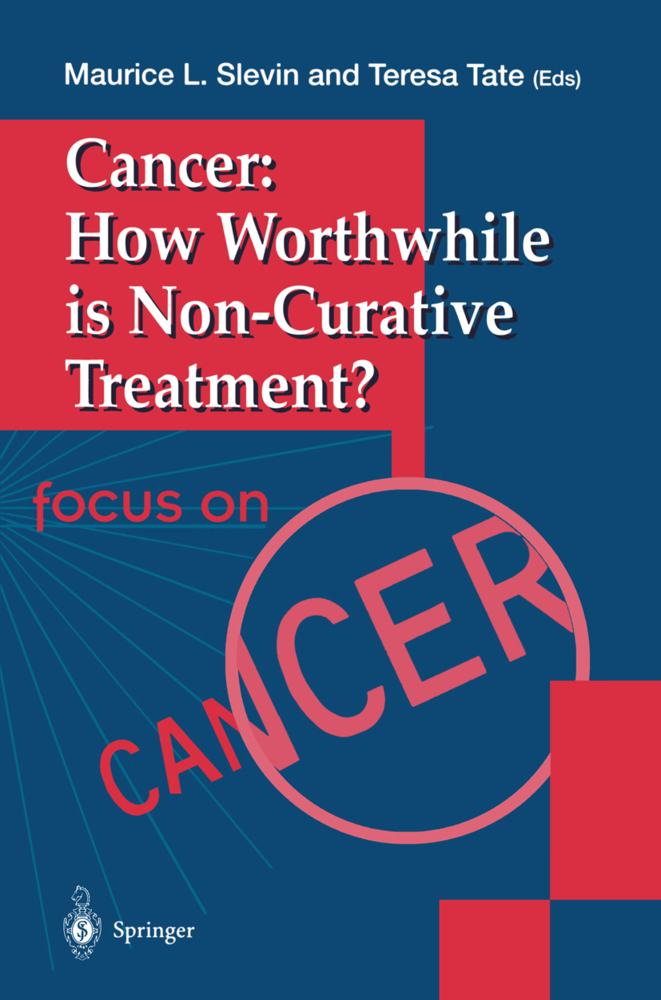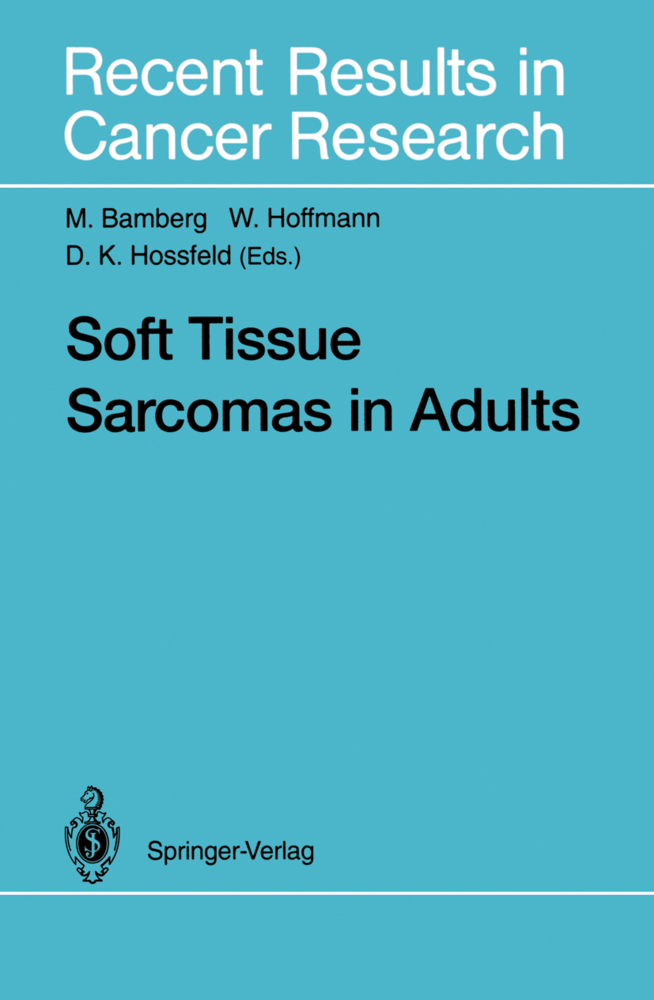Skin Cancer: Basic Science, Clinical Research and Treatment
Skin Cancer: Basic Science, Clinical Research and Treatment
In the past two decades, considerable interest in skin cancer has developed in the public and scientific communities. There may have been several reasons for this: - The rise in the global incidence of cutaneous cancers - New molecular biology techniques resulting in a better understanding of pathogenesis and improved diagnostic procedures - The advent of new pathological entities, e. g. , the endemic form of Kaposi's sarcoma - A constantly increasing range of therapeutic modalities, providing even more efficacious treatment and manage ment of skin cancers As N. E. Fusenig describes in the first chapter of this volume, basic research is only beginning to unravel the complex mechanism involved in cellular dedifferentiation and tumor progression. Progress is dearly needed, especially in dermato oncology, where the rise in the incidence of epithelial tumors has inflated the overall skin cancer incidence. The incidence of tumors of the skin exceeds that of all other neoplasias in humans, with recreational sun exposure being a suspected primary cause. Several studies on the effects of UV radiation have been included at the beginning of this volume. Even the role of long wavelength UV (UVA) has become a focus of research activities. The main concern is that the low carcinogenicity of UVA, in comparison to UVB, may be outweighed and exceeded in its effects by increased UV A exposure, e. g.
Action Spectrum for Photocarcinogenesis
Processing of Directly and Indirectly Ultraviolet-Induced DNA Damage in Human Cells
Photodynamic Action of Ultraviolet A: Induction of Cellular Hydroperoxides
Analysis of N-ras Mutations in Human Cutaneous Melanoma: Tumor Heterogeneity Detected by Polymerase Chain Reaction/Single-Stranded Conformation Polymorphism Analysis
Skin Cancer and Warts in Immunosuppressed Renal Transplant Recipients
Risk of Developing Cutaneous Malignant Melanoma in Atypical-Mole Syndrome: New York University Experience and Literature Review
II. Malignant Melanoma
Properties of Metastasizing and Nonmetastasizing Human Melanoma Cells
Protein Patterns of Benign and Malignant Human Melanocytes Show Consistent Changes in Gene Expression
Mutation and Expression of TP53 in Malignant Melanomas
Production of Cytokines by Human Melanoma Cells and Melanocytes
Growth Control of Melanoma Cells and Melanocytes by Cytokines
Effects of Various Synthetic Retinoids on Proliferation and Immunophenotype of Human Melanoma Cells In Vitro
Prognostic Significance of DNA Cytometry in Comparison with Histologic Measurements in Malignant Melanomas
Lymphocyte-Melanoma Interaction: Role of Surface Molecules
Melanoma Control in the United States: Current Status
III. Cutaneous Lymphoma
New Perspectives in Experimental and Clinical Research for Cutaneous T Cell Lymphomas
Use of Polymerase Chain Reaction in the Detection of Clones in Lymphoproliferative Diseases of the Skin
bcl-1, bcl-2, p53, c-myc, and lyt-10 Analysis in Cutaneous Lymphomas
IV. Other Skin Cancers
Trends in Nonmelanoma Skin Cancer in Japan
Kaposi's Sarcoma: A Reevaluation
Human Leukocyte Antigens and MultipleBasal Cell Carcinomas
Immunohistochemistry of Eccrine Poroma and Porocarcinoma - More Than Acrosyringeal Tumors?
V. Treatment and Management
Excision of Primary Melanoma Should Allow Primary Closure of the Wound
Role of Elective Lymph Node Dissection in Stage I Malignant Melanoma: Evaluation by Matched Pair Analysis
Clinical Activity of a Polyvalent Melanoma Antigen Vaccine
Perspectives of Cytokine Treatment in Malignant Skin Tumors
Biochemical Modulation of Cytotoxic Drugs by Cytokines: Molecular Mechanisms in Experimental Oncology
Interleukin-2-Based Immunotherapy and Chemoimmunotherapy in Metastatic Melanoma
Combination Therapy of Cutaneous T Cell Lymphoma with Interferon Alpha-2a and Photochemotherapy
Systemic Treatment for Cutaneous Lymphomas
Extracorporeal Photopheresis - A New Approach for the Treatment of Cutaneous T Cell Lymphomas
Laser Therapy of Skin Tumors
Management of Human Immunodeficiency Virus-Associated Malignancies.
I. Carcinogenesis
Differentiation and Tumor ProgressionAction Spectrum for Photocarcinogenesis
Processing of Directly and Indirectly Ultraviolet-Induced DNA Damage in Human Cells
Photodynamic Action of Ultraviolet A: Induction of Cellular Hydroperoxides
Analysis of N-ras Mutations in Human Cutaneous Melanoma: Tumor Heterogeneity Detected by Polymerase Chain Reaction/Single-Stranded Conformation Polymorphism Analysis
Skin Cancer and Warts in Immunosuppressed Renal Transplant Recipients
Risk of Developing Cutaneous Malignant Melanoma in Atypical-Mole Syndrome: New York University Experience and Literature Review
II. Malignant Melanoma
Properties of Metastasizing and Nonmetastasizing Human Melanoma Cells
Protein Patterns of Benign and Malignant Human Melanocytes Show Consistent Changes in Gene Expression
Mutation and Expression of TP53 in Malignant Melanomas
Production of Cytokines by Human Melanoma Cells and Melanocytes
Growth Control of Melanoma Cells and Melanocytes by Cytokines
Effects of Various Synthetic Retinoids on Proliferation and Immunophenotype of Human Melanoma Cells In Vitro
Prognostic Significance of DNA Cytometry in Comparison with Histologic Measurements in Malignant Melanomas
Lymphocyte-Melanoma Interaction: Role of Surface Molecules
Melanoma Control in the United States: Current Status
III. Cutaneous Lymphoma
New Perspectives in Experimental and Clinical Research for Cutaneous T Cell Lymphomas
Use of Polymerase Chain Reaction in the Detection of Clones in Lymphoproliferative Diseases of the Skin
bcl-1, bcl-2, p53, c-myc, and lyt-10 Analysis in Cutaneous Lymphomas
IV. Other Skin Cancers
Trends in Nonmelanoma Skin Cancer in Japan
Kaposi's Sarcoma: A Reevaluation
Human Leukocyte Antigens and MultipleBasal Cell Carcinomas
Immunohistochemistry of Eccrine Poroma and Porocarcinoma - More Than Acrosyringeal Tumors?
V. Treatment and Management
Excision of Primary Melanoma Should Allow Primary Closure of the Wound
Role of Elective Lymph Node Dissection in Stage I Malignant Melanoma: Evaluation by Matched Pair Analysis
Clinical Activity of a Polyvalent Melanoma Antigen Vaccine
Perspectives of Cytokine Treatment in Malignant Skin Tumors
Biochemical Modulation of Cytotoxic Drugs by Cytokines: Molecular Mechanisms in Experimental Oncology
Interleukin-2-Based Immunotherapy and Chemoimmunotherapy in Metastatic Melanoma
Combination Therapy of Cutaneous T Cell Lymphoma with Interferon Alpha-2a and Photochemotherapy
Systemic Treatment for Cutaneous Lymphomas
Extracorporeal Photopheresis - A New Approach for the Treatment of Cutaneous T Cell Lymphomas
Laser Therapy of Skin Tumors
Management of Human Immunodeficiency Virus-Associated Malignancies.
Garbe, Claus
Schmitz, Stefan
Orfanos, Constantin E.
| ISBN | 978-3-642-78773-7 |
|---|---|
| Artikelnummer | 9783642787737 |
| Medientyp | Buch |
| Auflage | Softcover reprint of the original 1st ed. 1995 |
| Copyrightjahr | 2012 |
| Verlag | Springer, Berlin |
| Umfang | XVI, 440 Seiten |
| Abbildungen | XVI, 440 p. |
| Sprache | Englisch |










